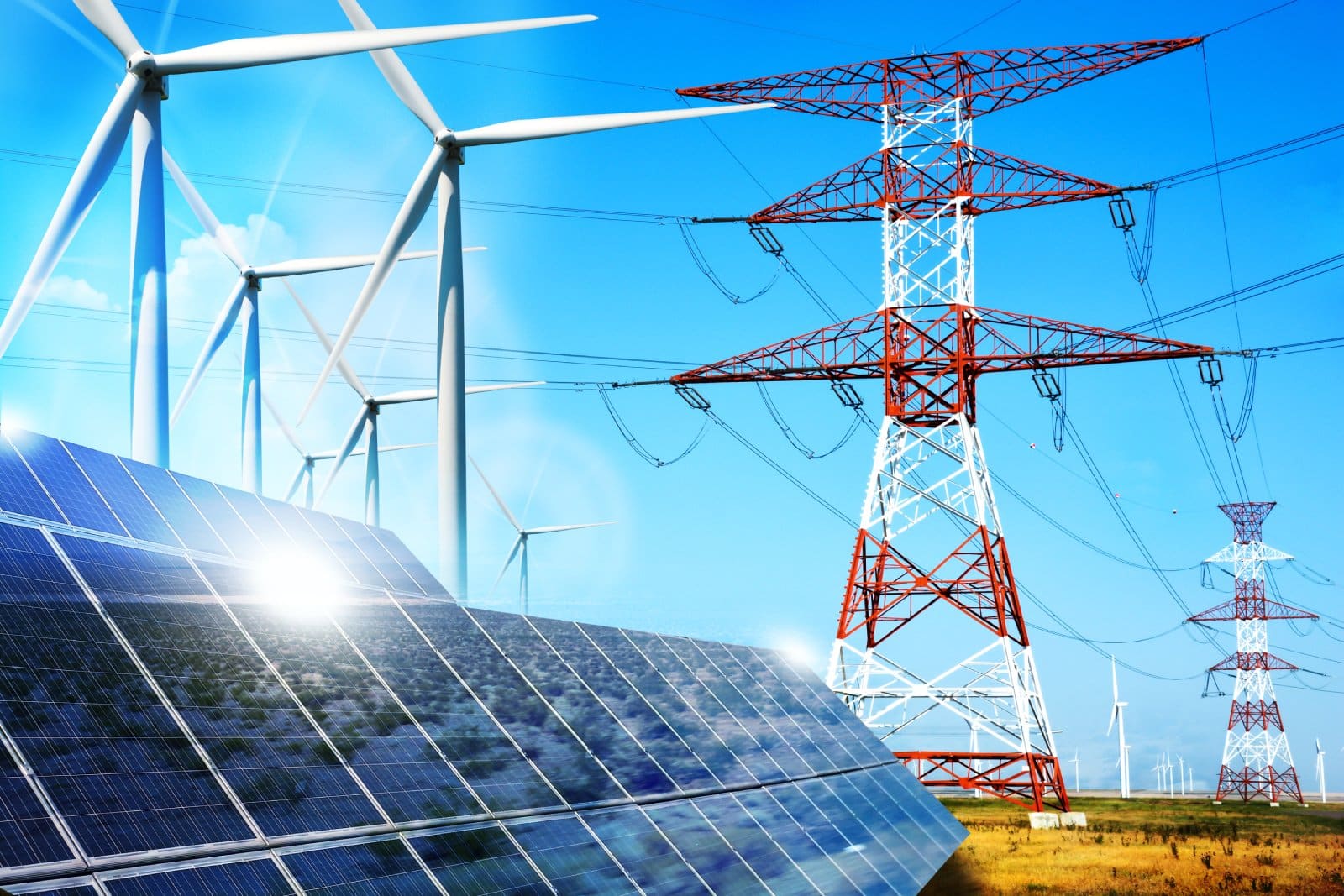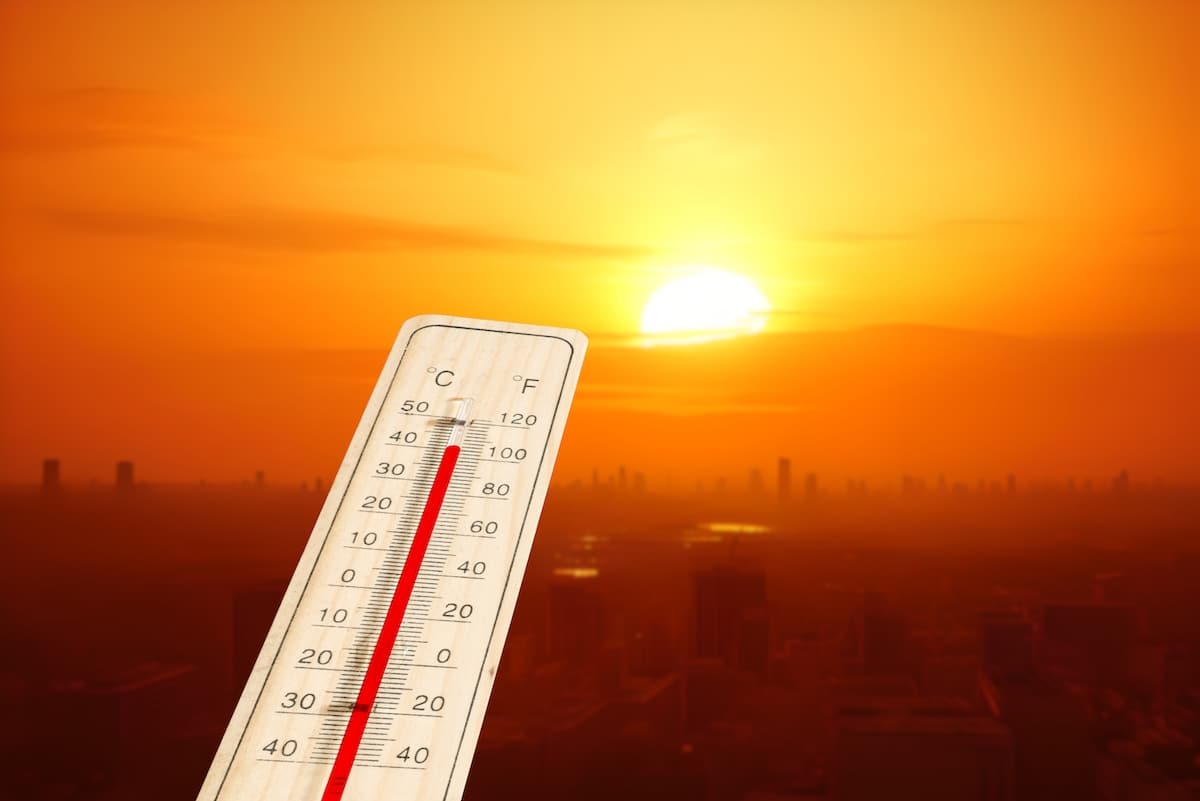Budgets might be under threat this summer, as new data from the Energy Information Administration has revealed that we could be in for a sharp rise in prices. Here’s the full story.
Summer Electricity Price Surge

Hold onto your wallets – this summer, Americans could be in for a bit of a shock when it comes to electricity prices.
Projected Increase in Average Monthly Bills

From June through August, the average monthly bill for residential customers in the U.S. is expected to hit $173, according to the Energy Information Administration. That’s up from last summer’s average of $168.
Factors Driving Up Electricity Usage

Summer should be about fun in the sun, but it’s also the season when our electricity usage spikes.
Air Conditioning on Summer Bills

With almost 90% of U.S. households cranking up the AC, it’s no surprise that people use more electricity during the hottest months. This year, experts are expecting even warmer temperatures, which means an estimated 3% increase in electricity consumption compared to last summer.
Efficiency Gains vs. Rising Temperatures

Despite improvements in energy-efficient air conditioners, we’re still looking at higher bills. The forecasted electricity use this summer is actually 6% less than was used back in 2010, thanks to those efficiency gains. But if the temperatures soar even higher than predicted, especially in the South, household wallets could take an even bigger hit.
Cost Trends in Electricity Generation

There is, fortunately, some good news: the cost of generating electricity is going down.
Natural Gas Lowering Costs

Wholesale power prices dropped by 30% to 50% in 2023, mainly because natural gas prices fell.
Potential Stabilization of Retail Prices

This decrease is expected to continue, with energy experts hopeful it will stabilize or slightly reduce retail electricity prices in the coming months.
Utility Shift Towards Renewable Energy

Utilities are increasingly using renewable energy, which is more stable in terms of cost – this could also help keep our retail electricity prices from skyrocketing.
Rising Transmission and Distribution Costs

However, there’s a catch. While it’s cheaper to generate electricity, it’s getting more expensive to deliver it to homes.
Price Dynamics

Companies are spending big money on new infrastructure to support renewable energy, and these transmission and distribution costs are driving up our bills. So, even though it costs less to generate electricity, the overall price we pay is still creeping up.
Regional Variations in Electricity Prices

Electricity prices are holding steady in most parts of the country, but there are a couple of regions where things are getting pricier.
Pacific Coast Cost Pricings

Pacific Coast: If you live on the West Coast, brace yourself for a 7% hike in electricity prices, pushing the average cost to 25 cents per kilowatt-hour (kWh). This region has faced high natural gas prices and lower hydroelectric power, which is why costs are going up.
Electricity Outlook in New England

New England: Good news for New Englanders—your electricity prices are expected to drop by 7%. However, you’ll still be paying the highest rates in the country at 26 cents/kWh. High fuel costs in the region keep prices elevated.
What’s the Damage?

Depending on where you live, the impact on your summer electricity bill will vary.
Middle Atlantic States: Households in New Jersey, New York, and Pennsylvania could see their typical summer electricity bills increase by $14 per month. This rise is due to both increased electricity usage and higher prices.
Pacific Coast: West Coasters will likely see an $11 per month increase in their electricity bills, driven by higher prices despite similar levels of consumption.
New England: Here, the typical bill should stay roughly the same as last summer. Lower prices should balance out any increase in usage.
Mixed Effects of Lower Generation Costs

While the drop in electricity generation costs is a silver lining, rising transmission and distribution costs are a cloud on the horizon.
Challenges of Increasing Transmission Costs

As companies invest in new infrastructure to support renewable energy integration, these costs are likely to continue climbing.
Weather-Driven Surges

And don’t forget the wildcard – weather. If we end up with a hotter-than-expected summer, our electricity usage could soar, leading to even higher bills.
Prepare for Potential Higher Bills

It’s a good idea to keep an eye on the weather forecasts and be prepared for potential swings in your electricity costs.
Advice for Budgeting

Summer is coming, and with it, higher electricity bills. While some areas might see prices level out or even drop, others will be facing increases.
Long-Term Outlook

Stay cool and budget wisely – you might need to set aside a bit more cash to cover those higher bills as we head into the hottest months of the year.
Remote No More: 19 Companies Returning to the Office

As the pandemic wanes, companies are recalling remote workers back to the office, sparking debates on fairness, costs, and convenience. However, there are also notable productivity, coworking, and mental health benefits to consider. Feeling the effects of these changes? Remote No More: 19 Companies Returning to the Office
8 Costco Must Buys and 8 to Leave Behind

Ever wandered Costco’s aisles, questioning if that giant jar of pickles is a real bargain? Or debated buying tires where you get your rotisserie chicken? Welcome to the definitive guide to Costco shopping—a journey to save money, prevent regrets, and offer quirky insights into bulk buying. 8 Costco Must Buys and 8 to Leave Behind
23 Reasons Texas Is the Next Big Thing

Texas is becoming a beacon of opportunity, blending cultural heritage with economic growth. From its landscapes to its industries, the Lone Star State offers a dynamic lifestyle. Here are 23 reasons why Texas stands out, attracting entrepreneurs, artists, tech professionals, and families seeking new beginnings. 23 Reasons Texas Is the Next Big Thing
The post Relentless July Heatwave Could Spell Big Trouble for Poorer Households first appeared on Career Step Up.
Featured Image Credit: Shutterstock / Studio Romantic.
The content of this article is for informational purposes only and does not constitute or replace professional financial advice.

